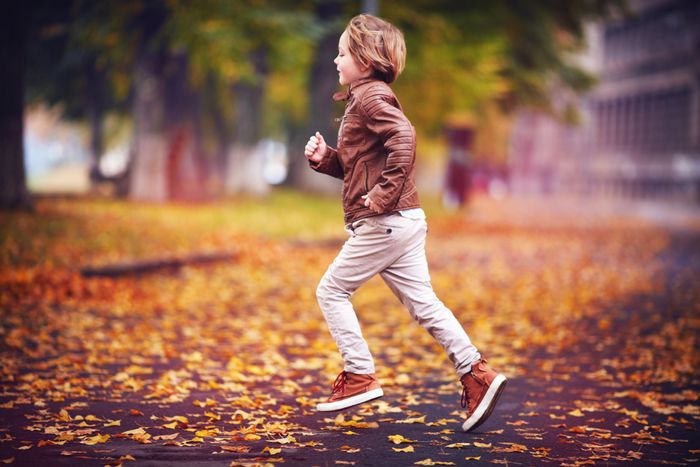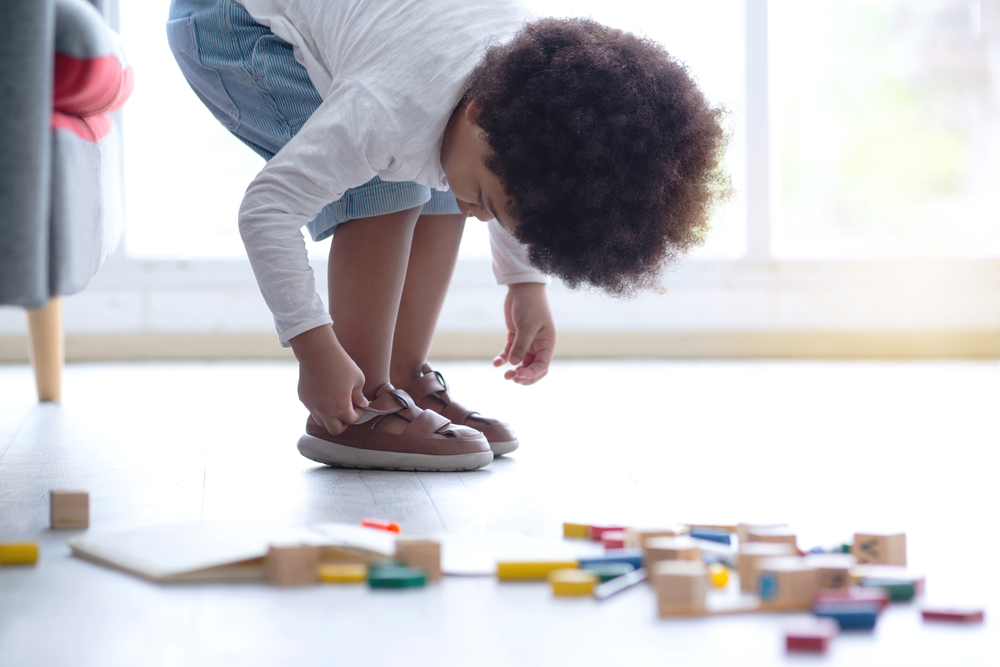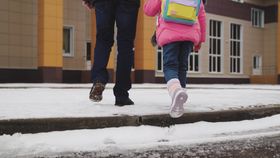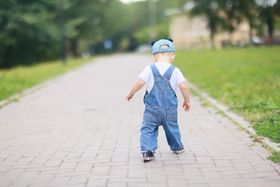Role of Arch Support Shoes in Children's Foot Health
Prevent foot problems before they start: The importance of arch support for children
Updated January 31, 2025.

As parents, we witness countless first steps, jumps, and runs. While we prioritise our children's health and well-being, one crucial aspect often goes unnoticed: the health of their feet, particularly their arches.
Proper arch development during ages 1–6 isn't just about comfort—it's fundamental to supporting body weight, absorbing shock, and providing stability during movement.
In this article, we'll explore the significance of arch support shoes in promoting children's foot health and how to choose the right footwear to ensure your kid's feet grow correctly.
» Invest in your kid's comfort and development with arch-support shoes
Do Kids Need Arch Support?
Yes! Children's feet are still growing, so they're more prone to stress and injury than adults. Proper arch support can prevent conditions such as flat feet and plantar fasciitis.
The right arch support can help your child:
- Move more confidently through their day
- Stay energetic during playtime
- Experience fewer aches and pains in their feet, legs, and knees
- Develop proper walking patterns that last a lifetime
The Anatomy of the Foot Arch
The arch is that curved area between the heel and the ball of your foot that supports body weight and absorbs shock during walking. Just like a bridge needs proper support to carry traffic, your child's arches provide flexibility and stability for every step they take.
The foot has three arches:
- Medial Longitudinal: This is the highest of the two longitudinal arches and runs from the heel to the ball of the foot. It consists of bones like the calcaneus, talus, navicular, cuneiforms, and three metatarsals.
- Lateral longitudinal: Flatter than the medial arch, and this arch rests on the ground when you stand. It comprises bones such as the calcaneus, cuboid, and the fourth and fifth metatarsals.
- Transverse: This arch is located across the middle of the foot and is formed by the metatarsal bases, cuboid, and cuneiform bones.
» Give your child added stability with shoes for hypermobile feet
What Are Flat Feet?
Flat feet, also known as fallen arches, occur when the arches of the feet are lower than usual or seemingly non-existent. Imagine a normal foot arch like a bridge with a natural curve that helps distribute weight and absorb shock.
With flat feet, that bridge has little to no curve, causing the entire sole to touch the ground.
If your kid has flat feet, it can cause heel, knee, or leg pain. It can also worsen during activities, making your child walk awkwardly, especially when changing surfaces. It's like trying to run in shoes with worn-out soles—uncomfortable and potentially harmful.
Here are some of the signs of flat feet in kids:
- Heels that turn outward when looking at them from behind
- Getting tired quickly during play or sports or sometimes feeling wobbly
- Trouble finding shoes that feel "just right"
- Shoes wear down unevenly on certain spots
Here's a simple way to check for flat feet: Let your kid make a wet footprint on paper. If there's no curved shape in the middle, this could indicate low arches. Remember to always check with your healthcare provider for a proper assessment.
» Check out these orthopaedic shoes for kids with flat feet
How to Choose Shoes With Arch Support
When it comes to selecting the perfect arch support shoes for your little one, keep these factors in mind:
- Heel Support and Stability: A firm, deep heel cup and a sturdy heel counter are essential. The heel should stay in place without slipping or wobbling.
- Flexibility in the Right Places: A children's trainer with arch support should flex at the ball of the foot but remain firm through the arch.
- Growth Room and Fit: Allow about a thumb's space width in the toe box. The shoe's widest part should match the foot's widest part. Try shoes later in the day when feet are slightly swollen.
- Quality Materials and Construction: Breathable, durable leather provides long-lasting comfort. Proper cushioning in arch support shoes for kids protects growing feet from impact, promoting healthy development.
Consult a podiatrist for a professional assessment of your child's foot health and arch type if needed. They can provide specific recommendations for the appropriate level of support.
Secure a Strong Foundation With Arch Support
The right arch support shoes gives kids the foundation for healthy foot development and active play. By choosing footwear with proper arch support, you're investing in their comfort and well-being for years to come.
Remember to prioritise supportive footwear, and don't hesitate to consult a specialist about foot health concerns.
» Give your child the gift of healthy feet with arch support shoes
Disclaimer: First Walkers' information is intended for educational and informational purposes related to toddler footwear and feet. We encourage you to consider individual circumstances and consult qualified orthopaedists about specific conditions.






